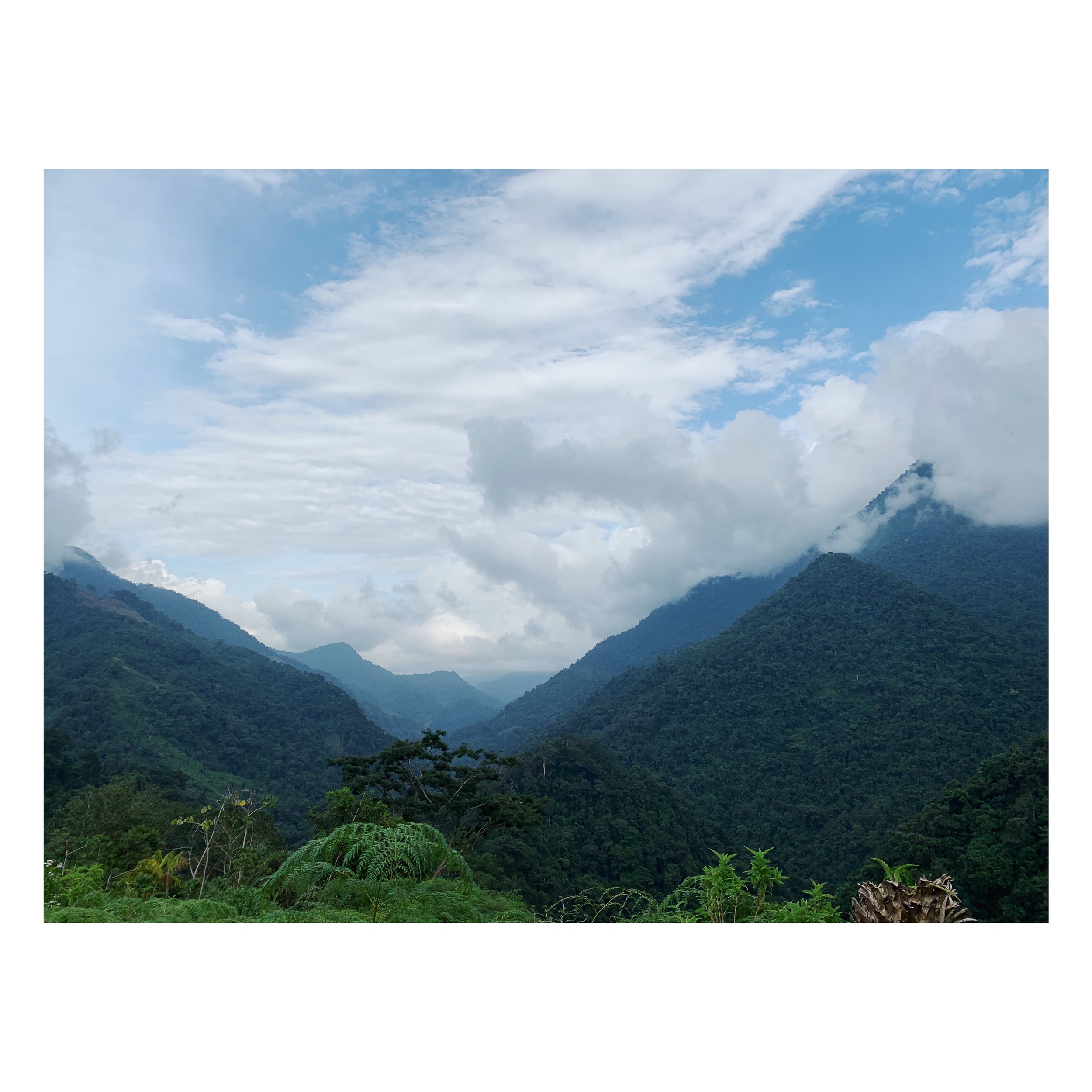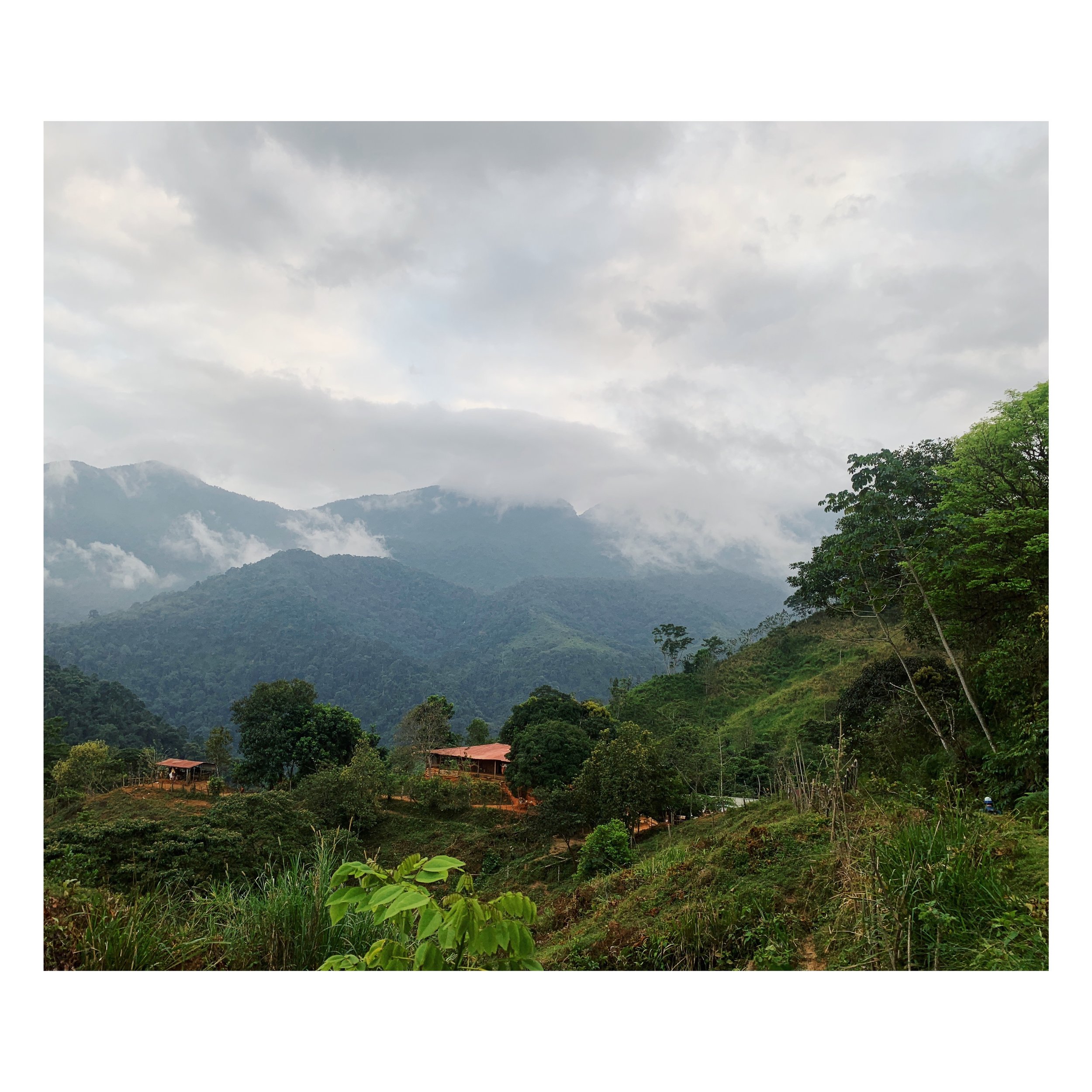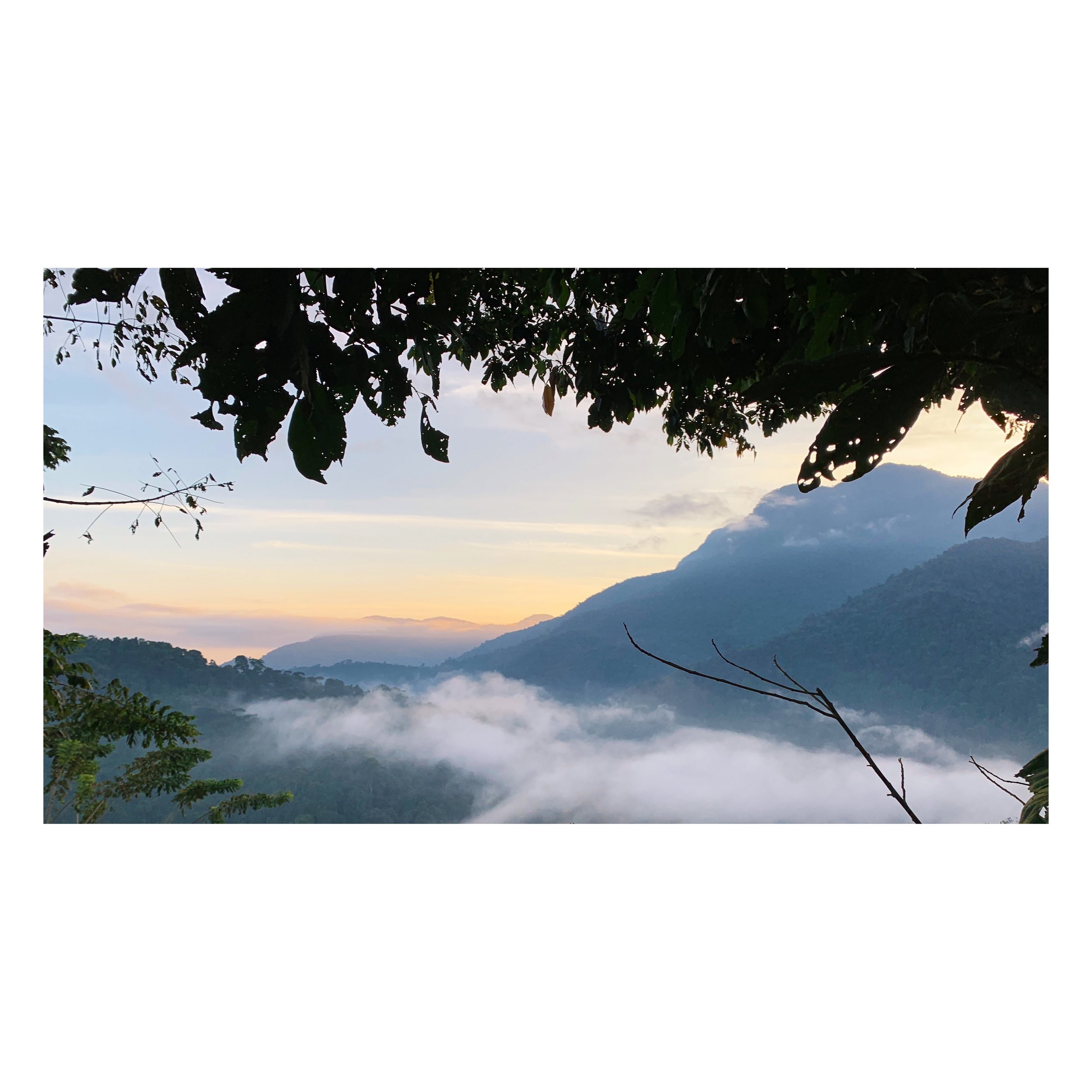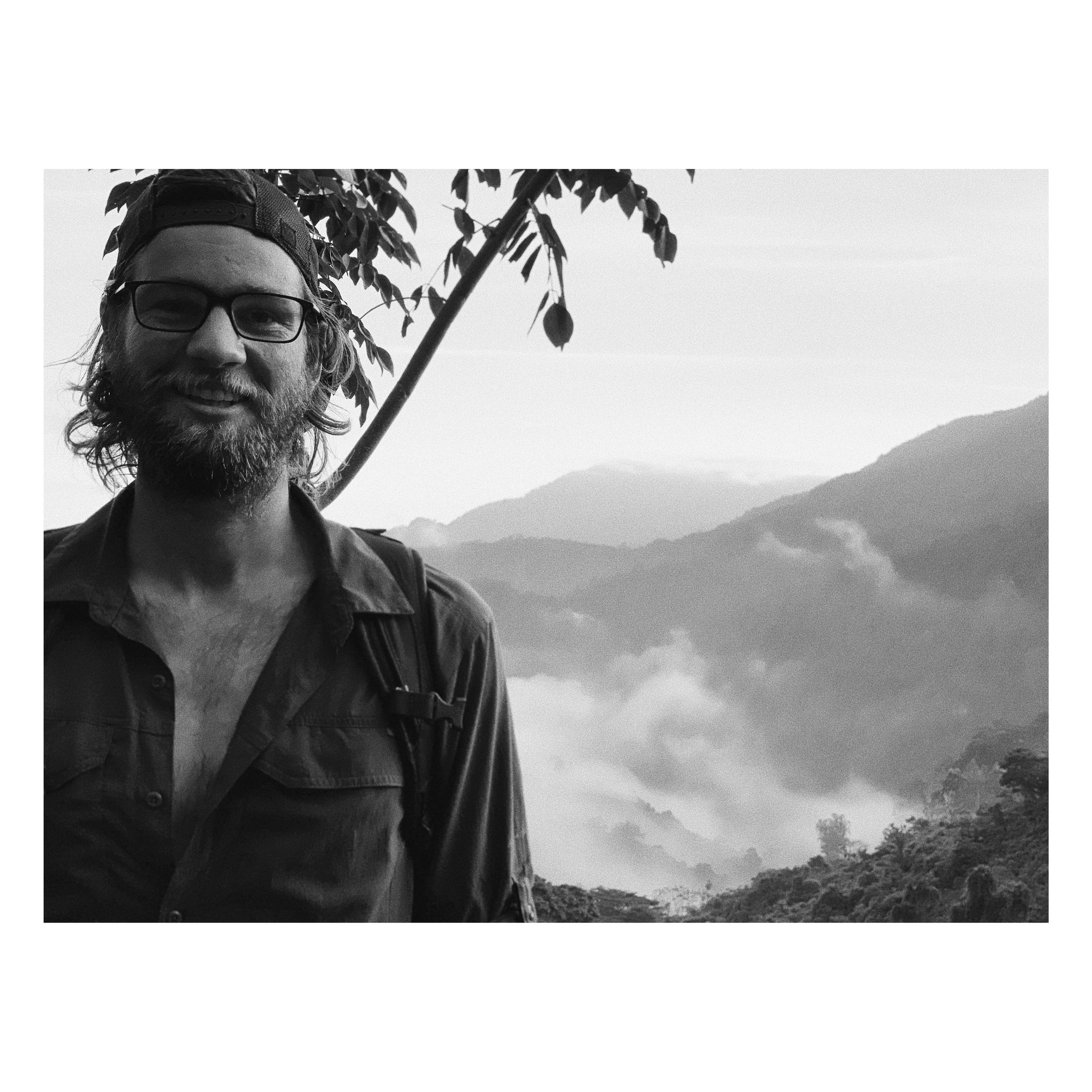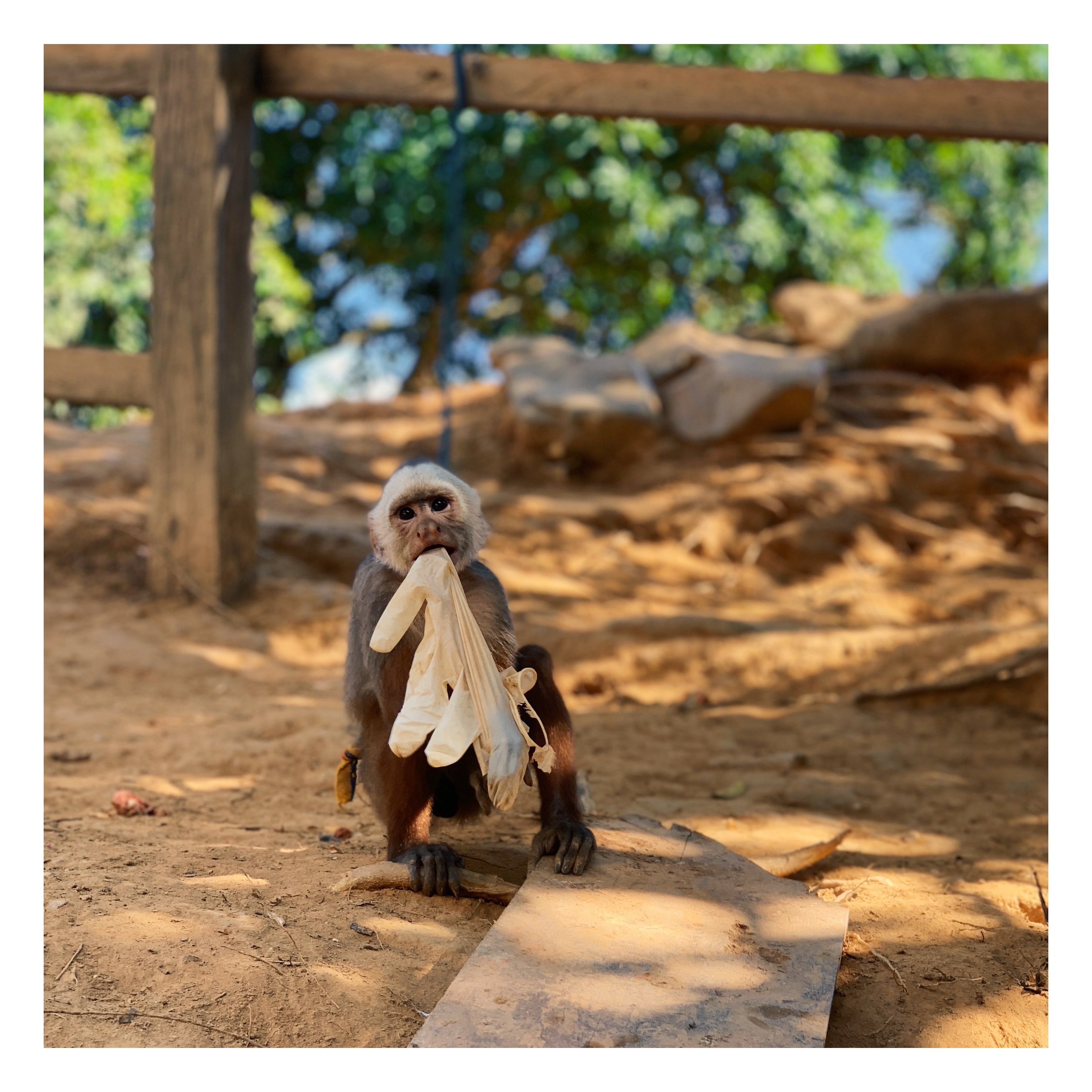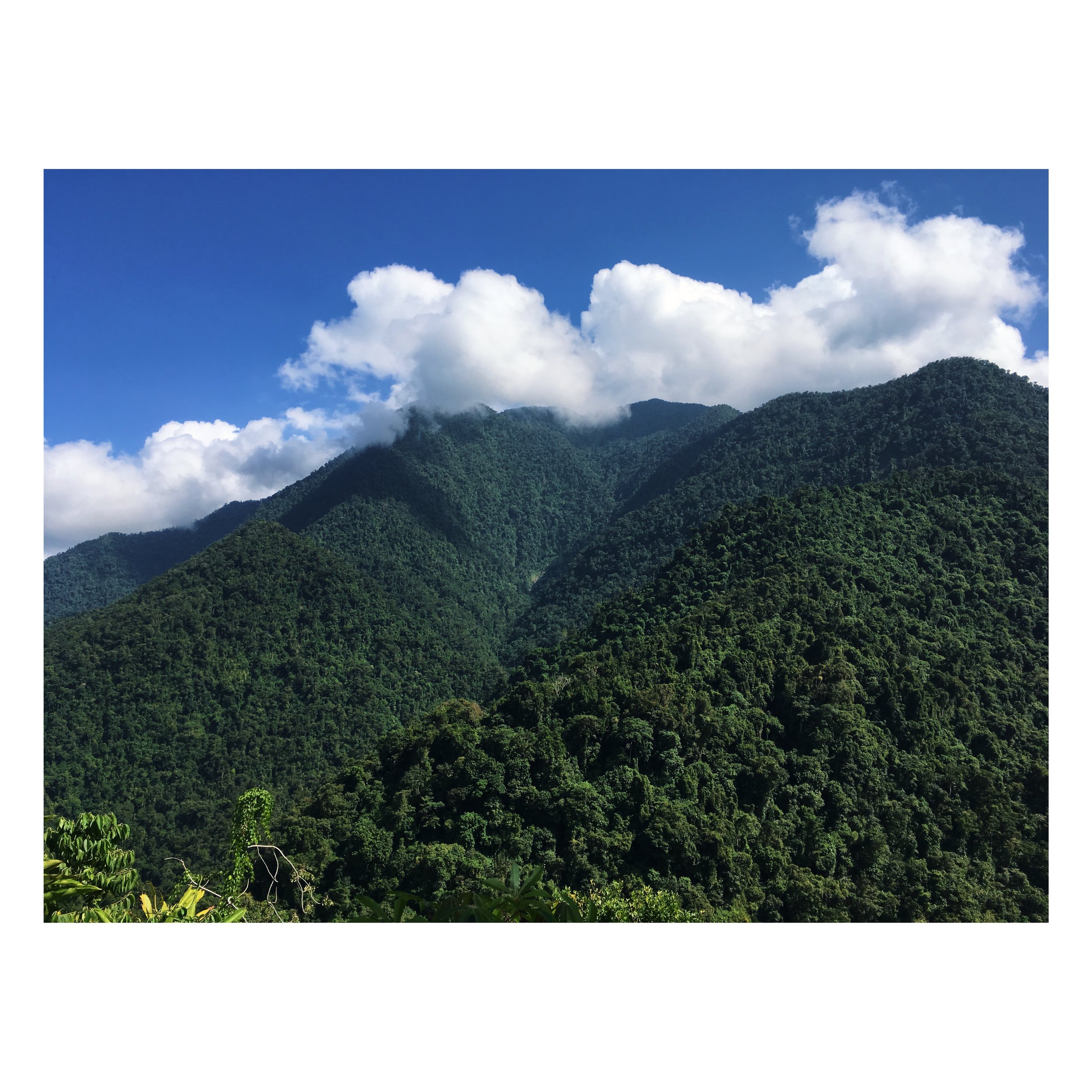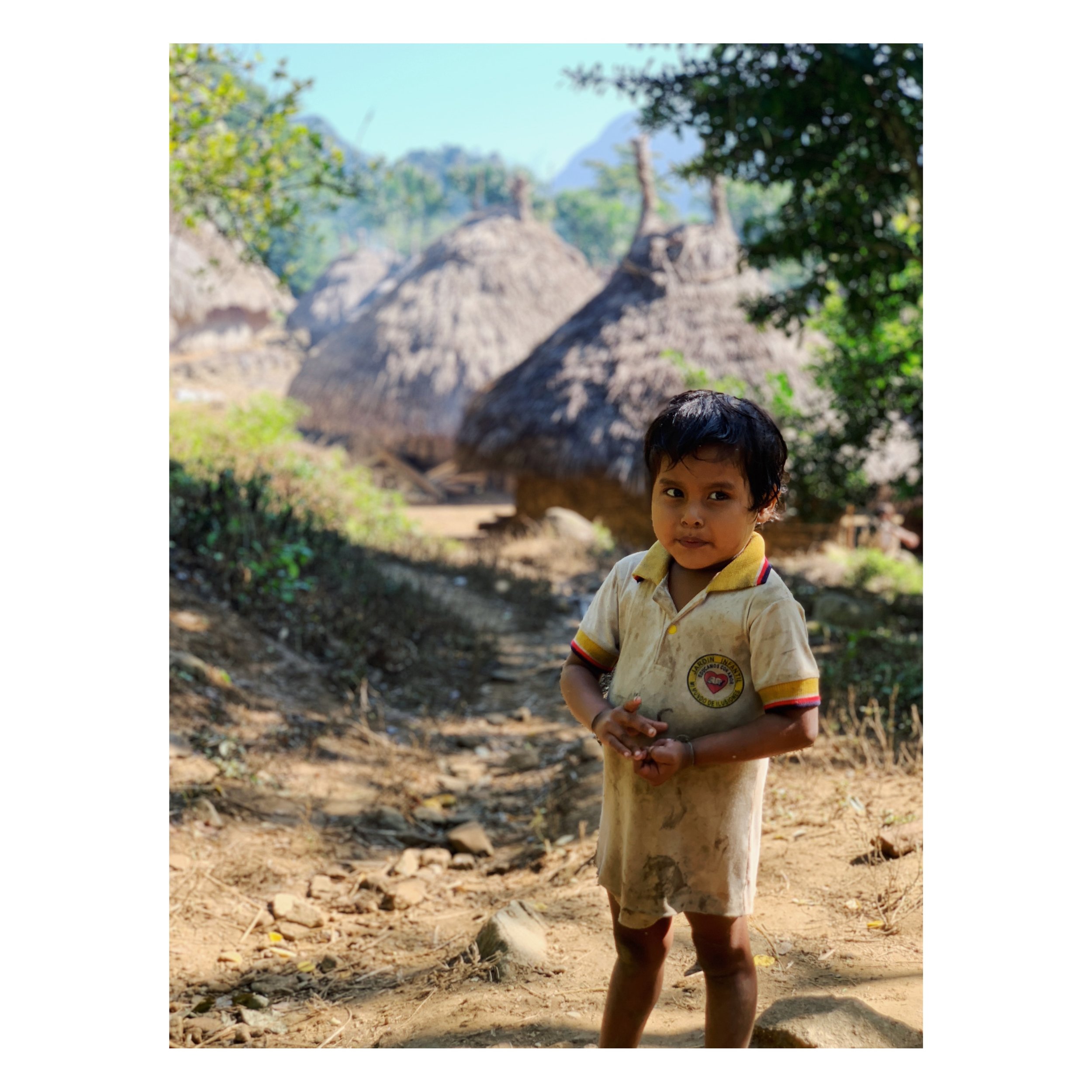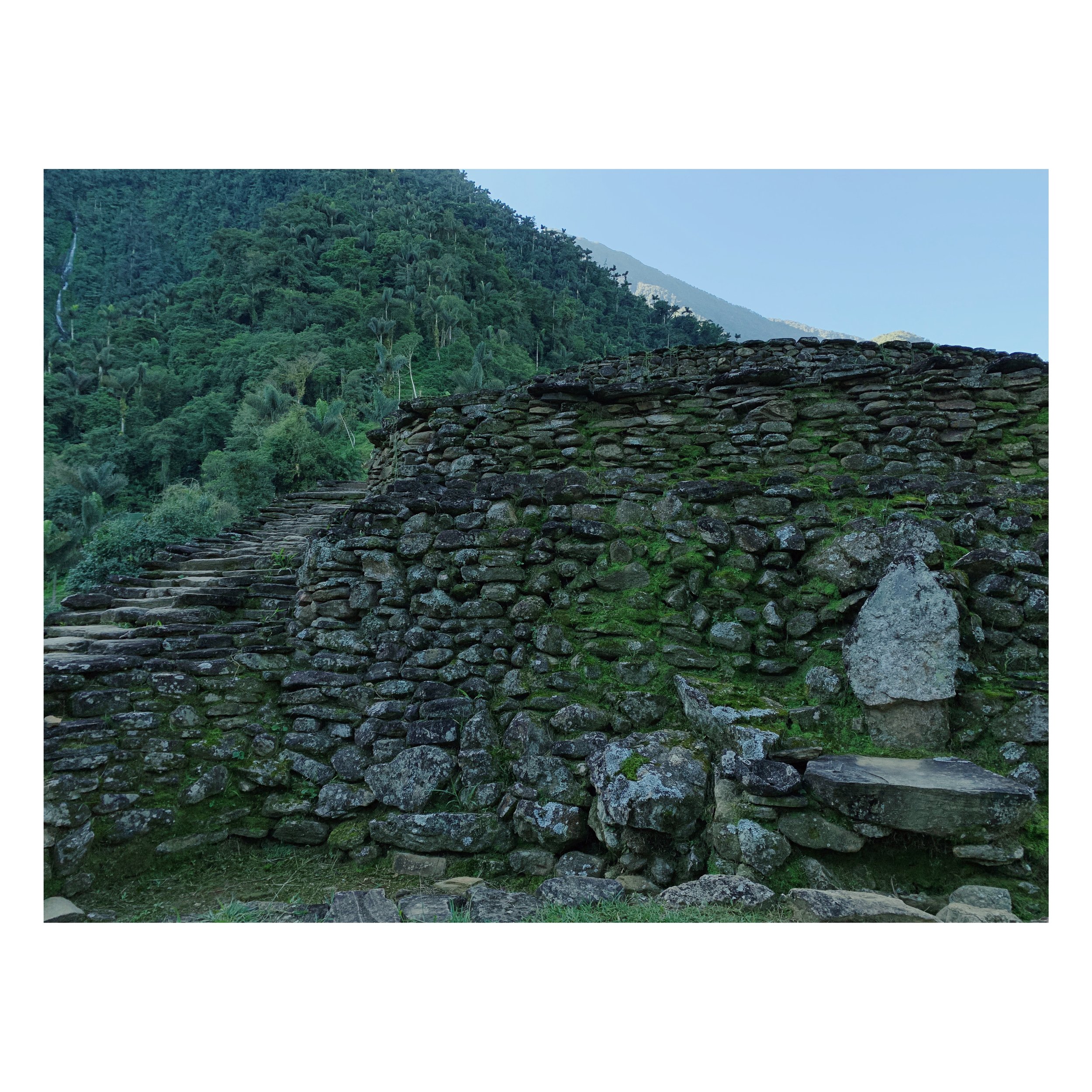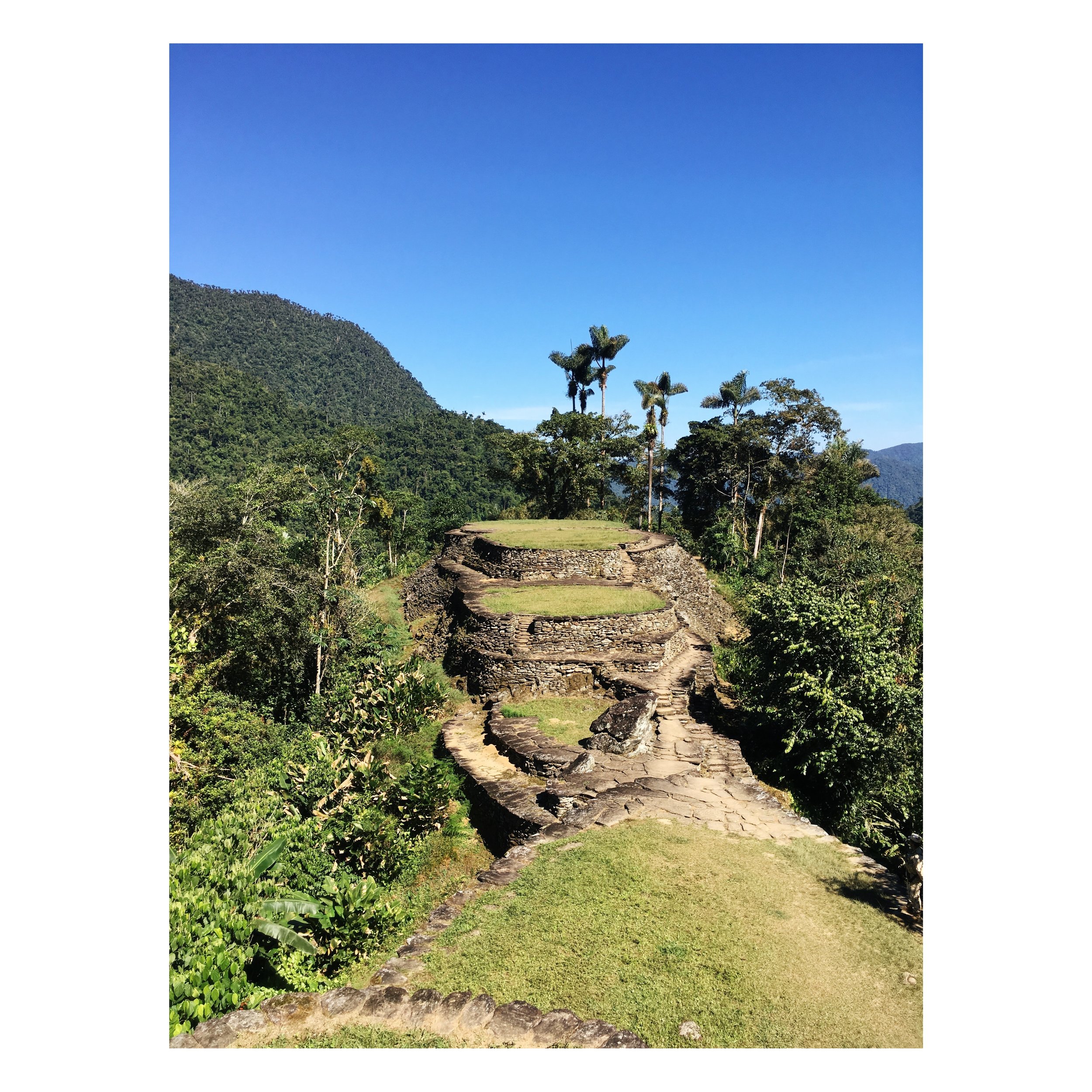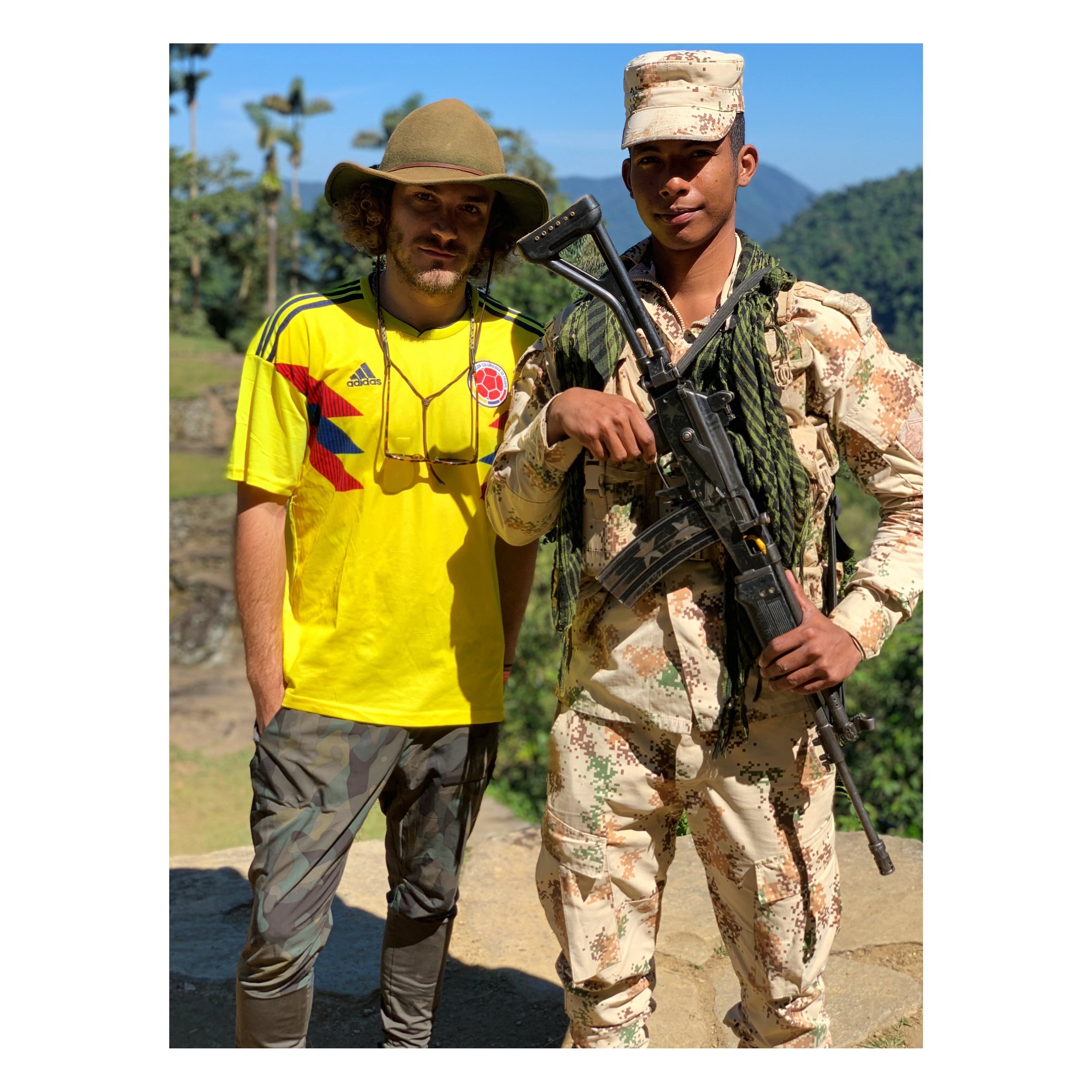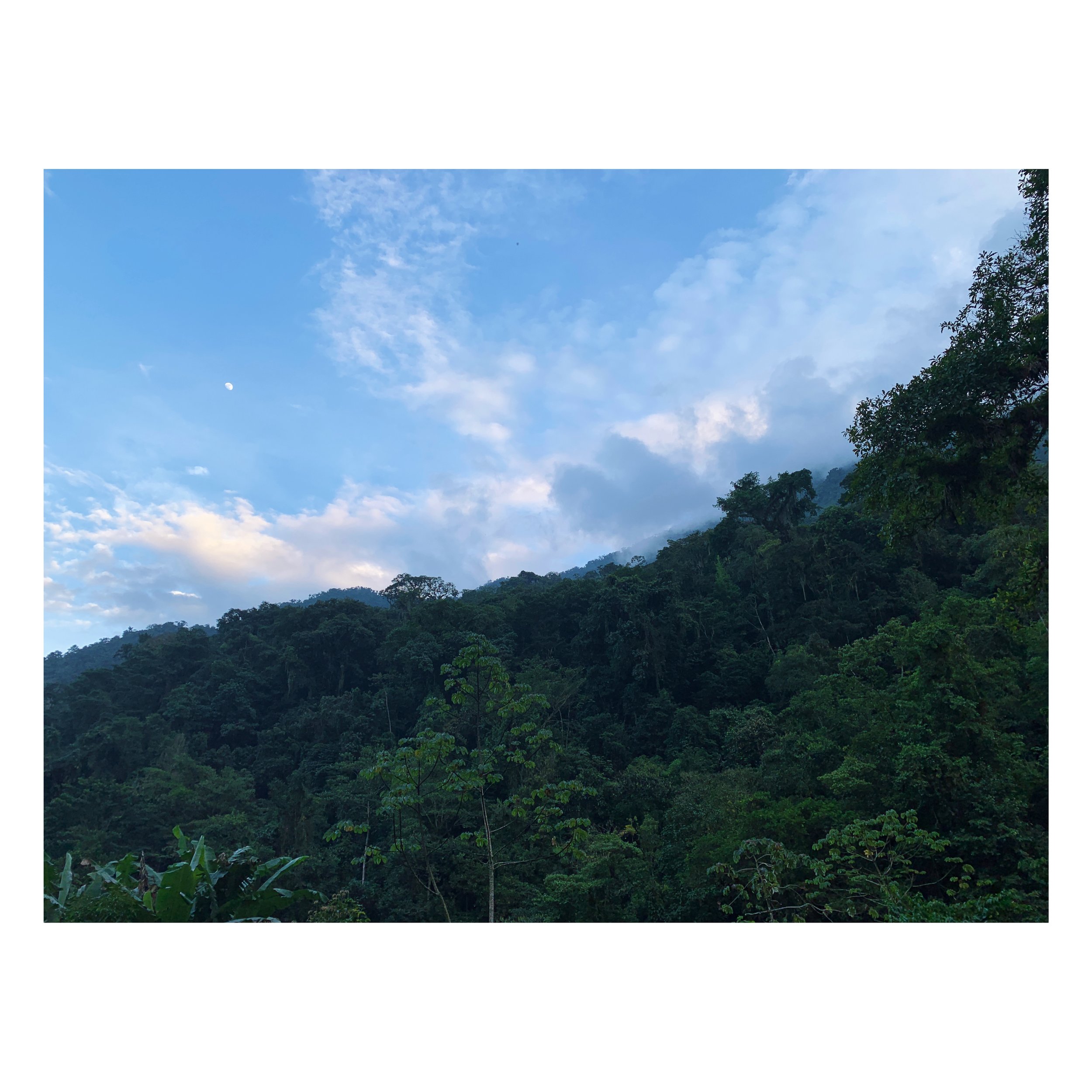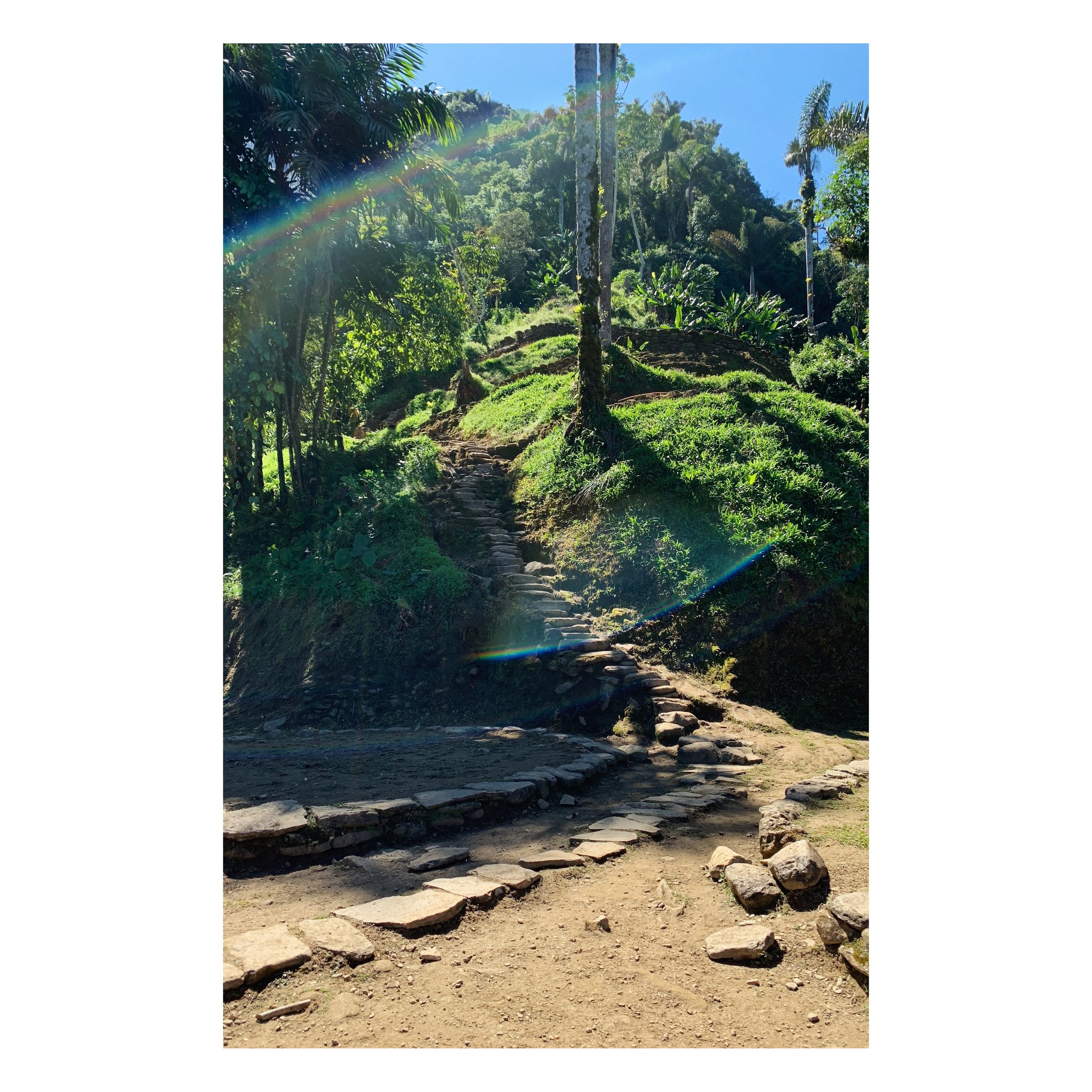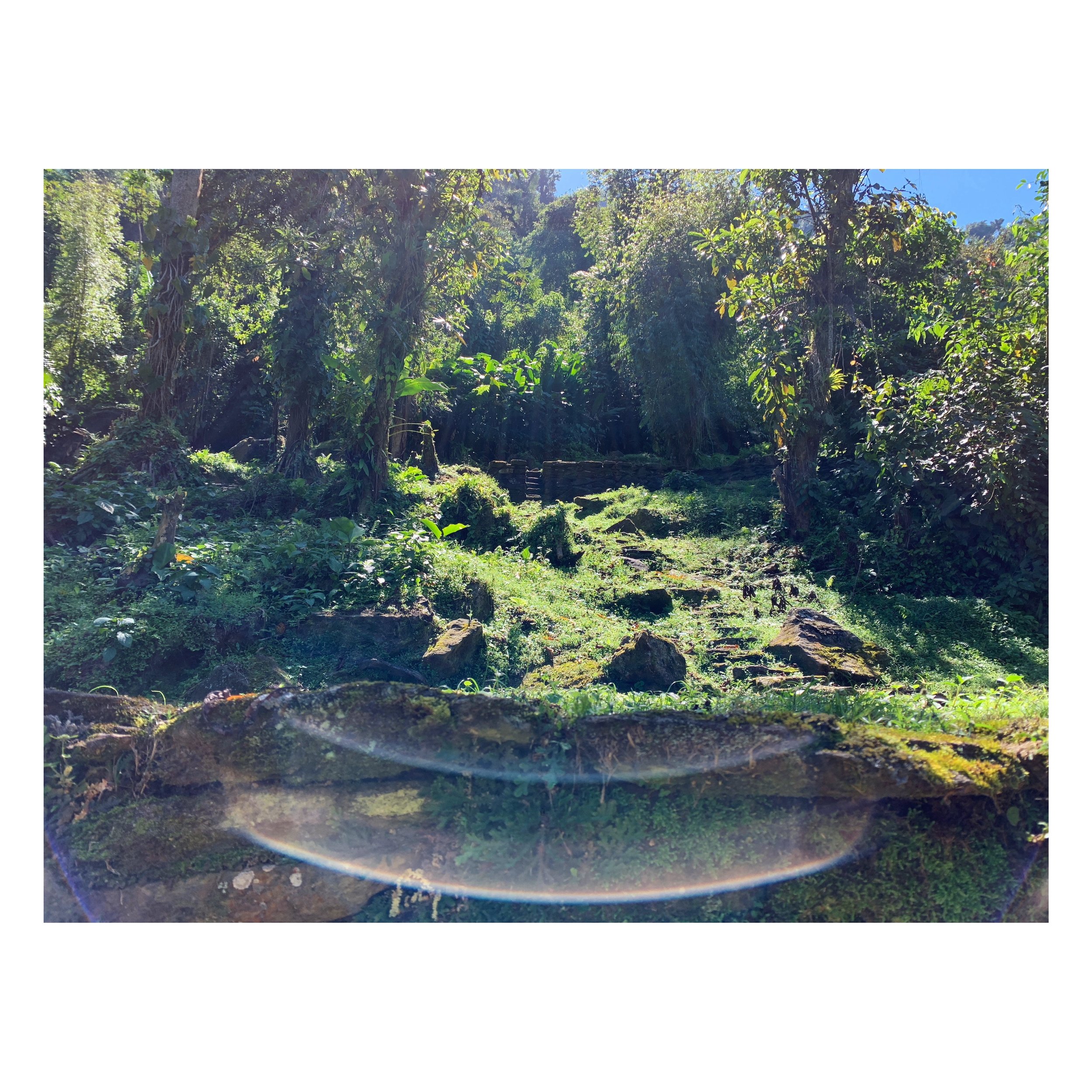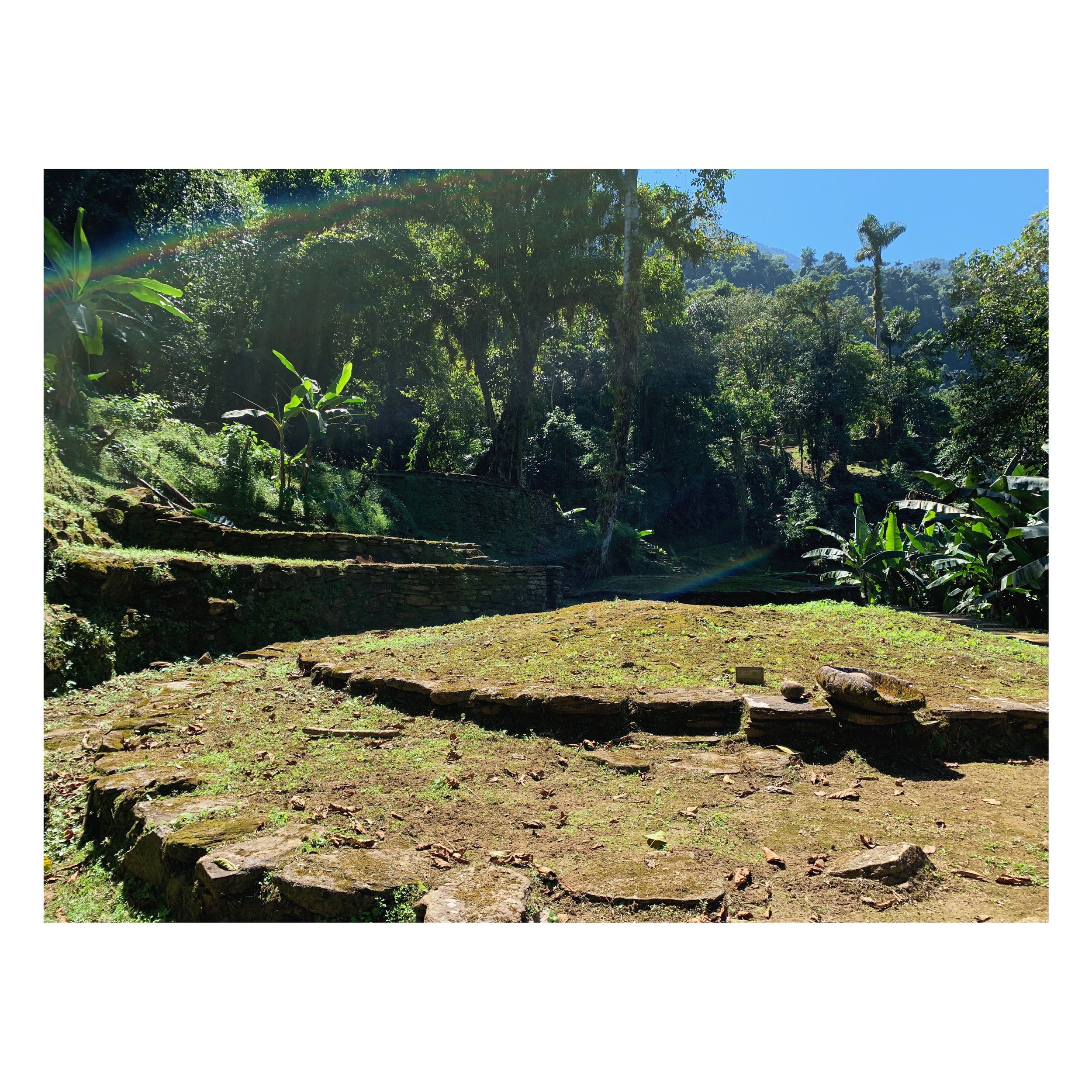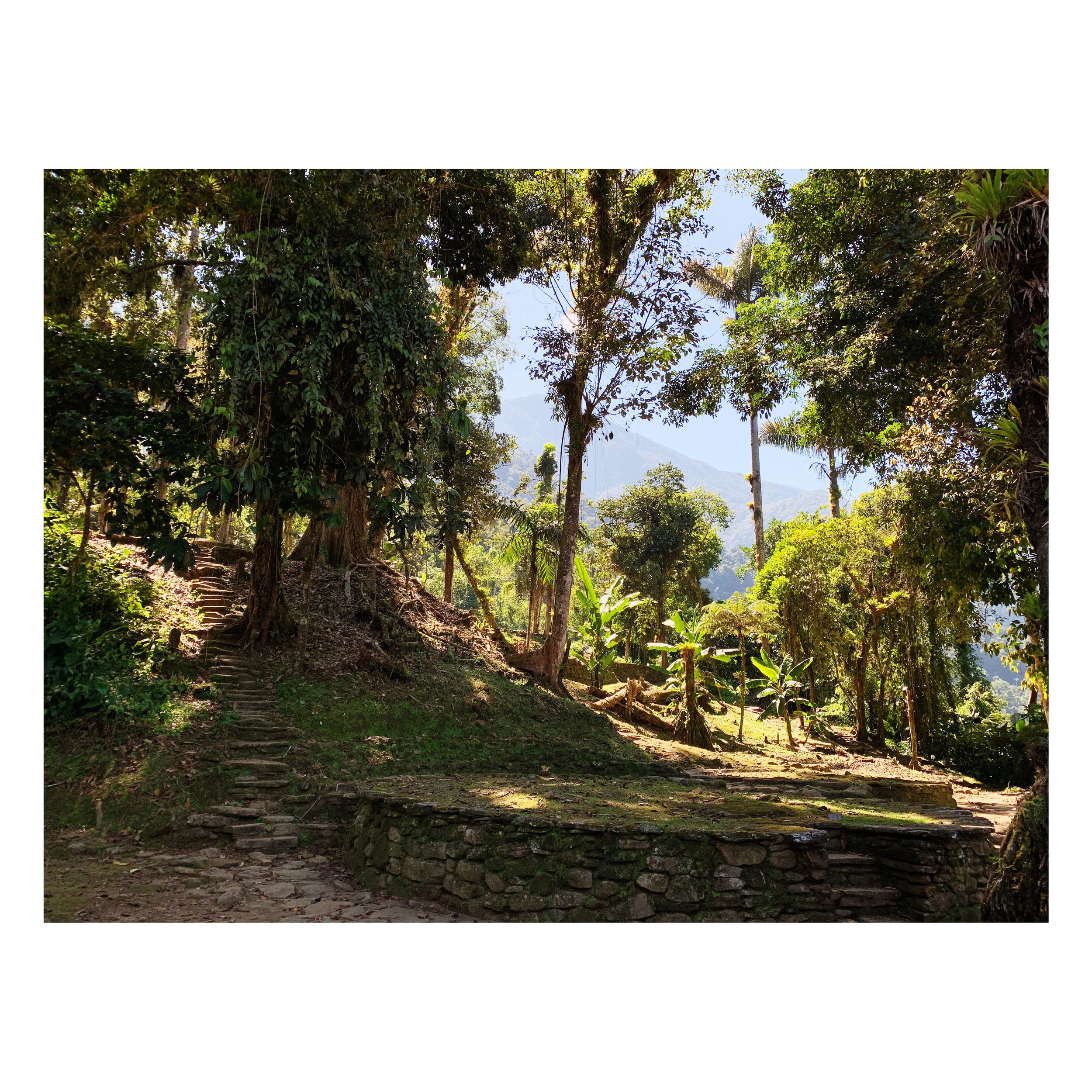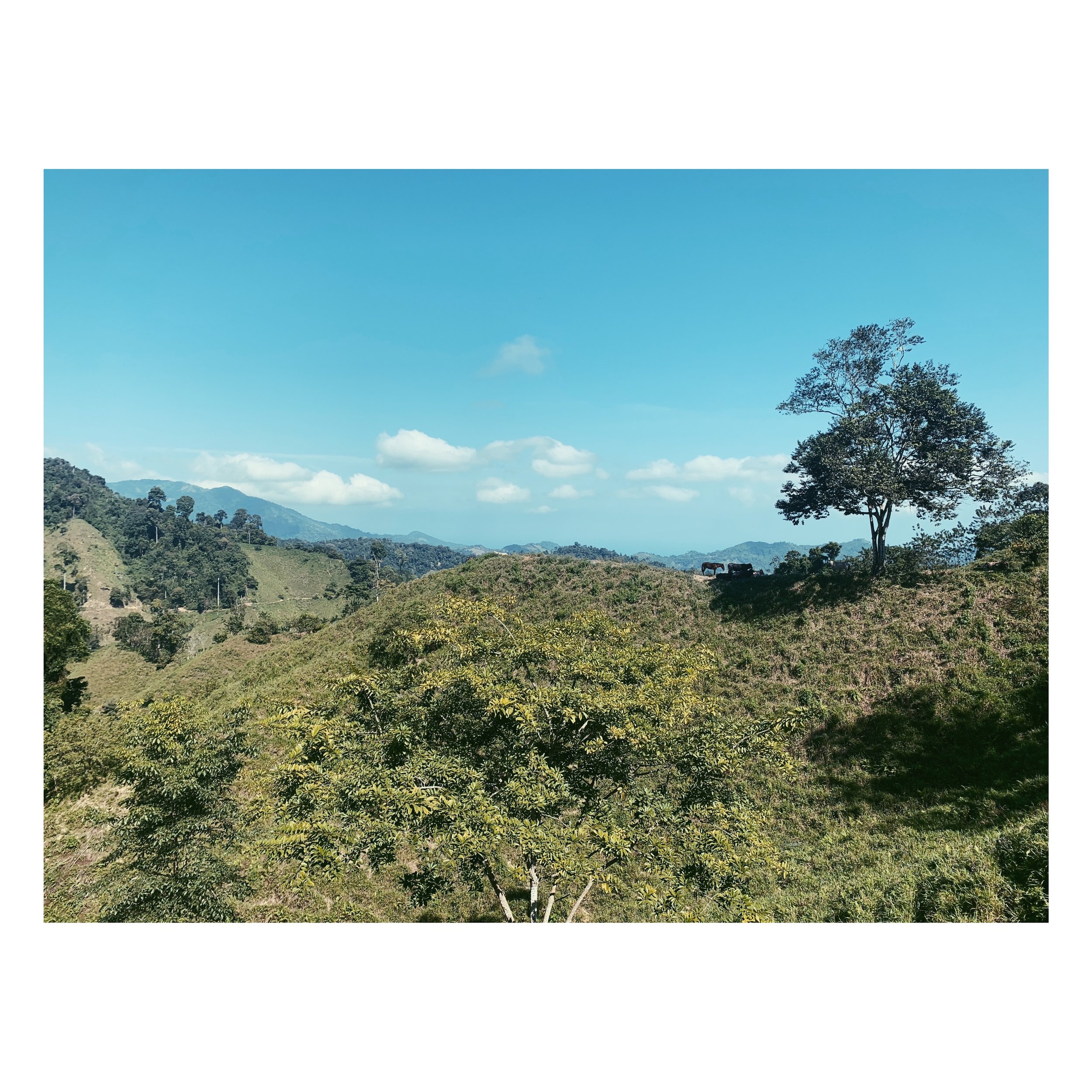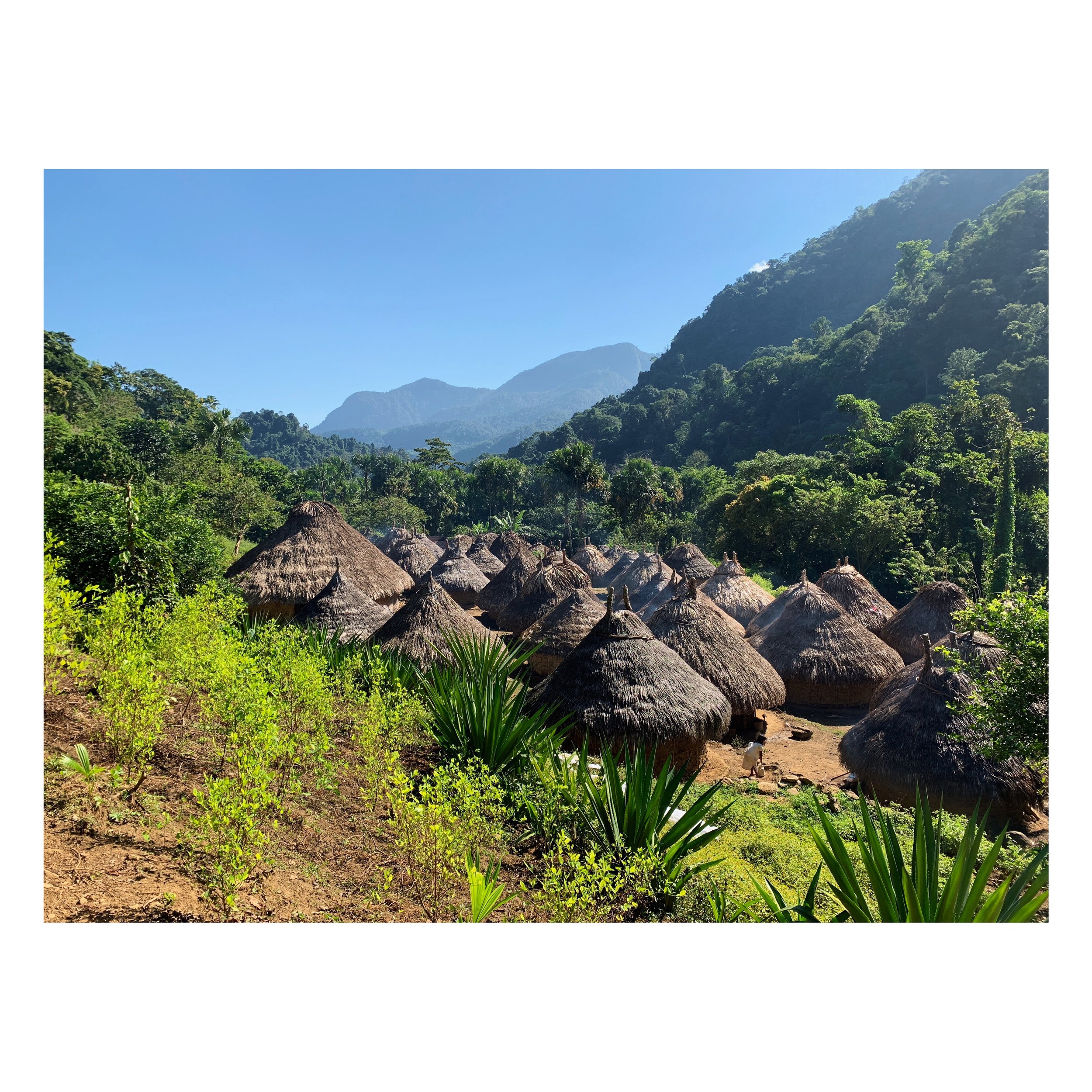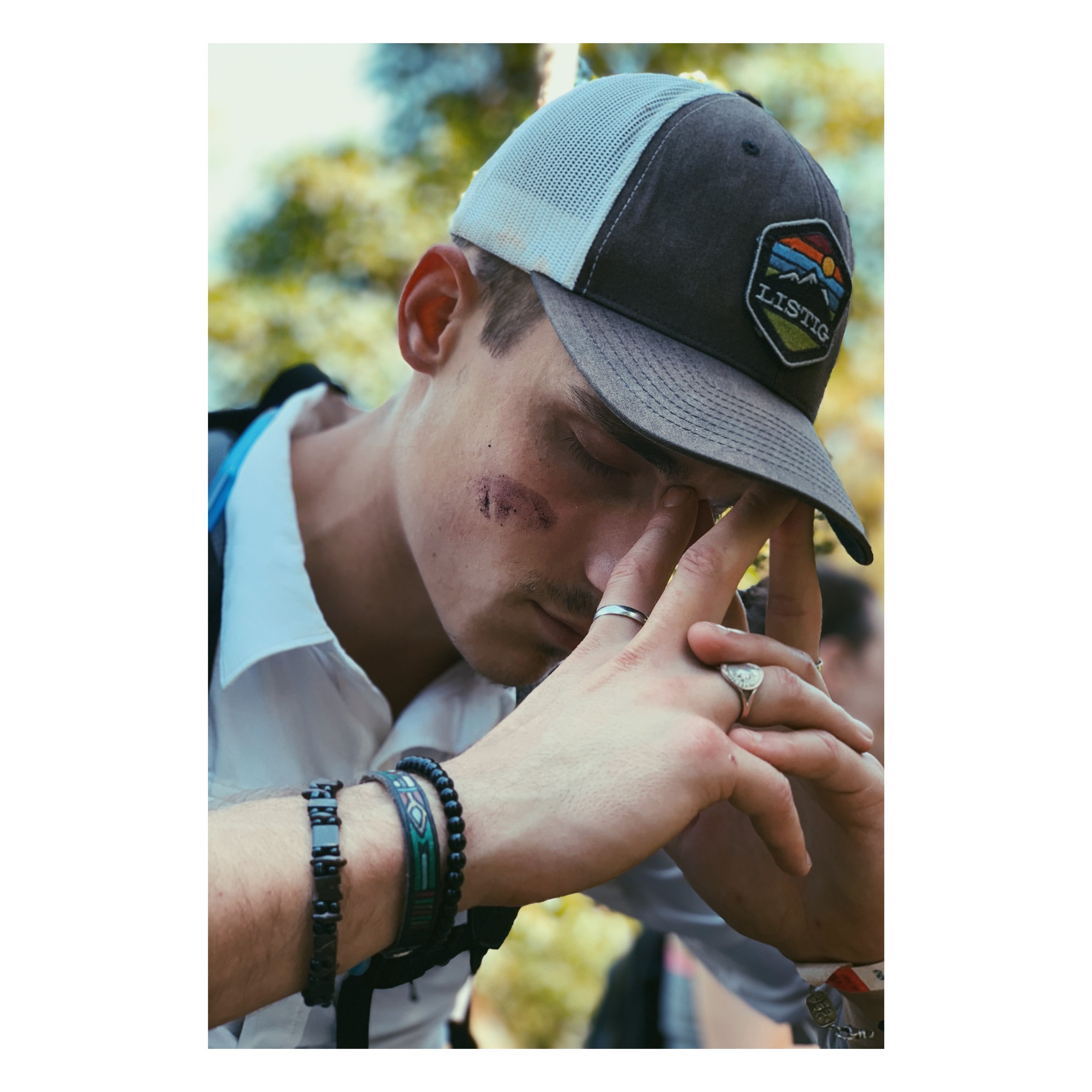Ciudad Perdida: Magical Realism in the Sierra Nevada Mountains
From Casa Mamey--perhaps named after the town in Gabriel Garcia Marquez's magical realism novel 100 Years of Solitude--we set off on our four day trek into the magical, misty Sierra Nevada mountains shrouding the secret city we were searching for. We trekked through local farmlands where former coca and marijuana farmers of last decades now grow coffee, fruits, and cacao. We trekked through an indigenous Kogui reservation and saw how these descendents of the Tayrona, the original indigenous Colombian people of the Sierra Nevadas, lived. We trekked through lush green mountainsides overflowing with wildlife and color. I saw monkeys on leashes, parrots flying through the foliage, bats circling the campsites at night, and certifiable vortexes of mosquitos waiting for us to close our eyes. Four days where we were feasted on by mosquitos, spiders, and even bed bugs. Four days trekking through the blistering heat and ungodly humidity, up hills and down others, crossing rivers, shirts thoroughly soaked with sweat and/or water to the point they could be wrung out. Three nights sleeping at backpacker lodges which I undoubtedly believe to be former cocaine processing labs. Four days hiking through the mountains to a destination more apropos for a Gabo novel than reality, Ciudad Perdida.
After reaching our ancient destination the morning of the third day--ascending the 1200 steps to a choir of chirping cicadas with intermittent choruses courtesy of Colombian howler monkeys--reality collided with a a magically real atavistic history. Predating both Angkor Wat and Macchu Pichu, Ciudad Perdida (The Lost City) is believed to be the ancient capital of the Tayrona people, the original inhabitants of these mountains who made the long trek over from Asia in a bygone era. Built from 800-1000 AD, Ciudad Perdida was home to an estimated 2500 indigenous Tayrona people. While only 4 square kilometers, Ciudad Perdida casts the appearance of a sprawling complex of stone terraces divided into four major sections: the mercado (market), centro religioso (spiritual center), piedra departamiento (stone department for construction), and canal (water storage). While the unearthed cityscape is surprisingly vast and a tremendous architectural achievement for the time period, archaeologists, as well as the Kogui shamans who "rediscovered" the city, estimate that roughly only 10-15% of Ciudad Perdida has been uncovered, the rest hidden under the vibrant green cloak of Nature. What is visible are mostly the foundational stone terraces that formed the base of their homes, temple, and markets, so a creative imagination is critical to picturing this picturesque destination…and not too difficult considering the surreal surroundings.
In addition to the awe-inspiring architectural achievement that is Ciudad Perdida, the Tayrona people also organized themselves politically, spiritual, and economically. They had a leader, the mammol, to guide their people through life, lead rituals like marriage and burials, issue punishments, solve disputes, and much more. Living right next to their central temple, the mammol also guided the Tayrona in their spiritual journeys as they made offerings to their gods: chiefly mother nature and the elements. These offerings were often composed of precious stones like quartz, jade, and citrulline which held spiritual importance as symbols for water, earth, and blood/fire as well as economic importance as the currencies used in their thriving market. Despite their remote mountainous location, despite their historical time period a millennium ago, the organization of their society was complex, multi-faceted, and incredibly ingenious. Thankfully for me, the other tourists there, the descendents of the Tayrona, Colombia, and the world, the Spanish conquistadors—who were obsessively searching for El Dorado during the medieval centuries—and local guaqueros (graverobbers) never made it here to pillage the land, steal the material wealth, and destroy the rich history of these enchanting ruins.
Despite the grueling trek, or perhas even more so because of it, Ciudad Perdida was a breathtaking marvel of ancient origins. How this city was built, why it was built where it was, how so much of it still remains, and how I was fortunate enough to walk on this sacred Tayrona ground is beyond me. It was a four day trek into worlds both modern and primordial. It was a trek both through four days time and back over 1000 years in time. It was a truly unforgettable trek to this marvelous mystery, to these not-so-secret secret ruins shrouded in the fog and foliage of tbe Sierra Nevadas. It was one of those times that, as clichéd as it is, the journey was just as magical as the destination. I chased a secret into the mountainside, up and down trails, across streams. It was all one big ambrosial dream an route to Ciudad Perdida, and the journey, as much as the destination, overwhelmed me with the resonant beauty experienced when life is truly being lived.
